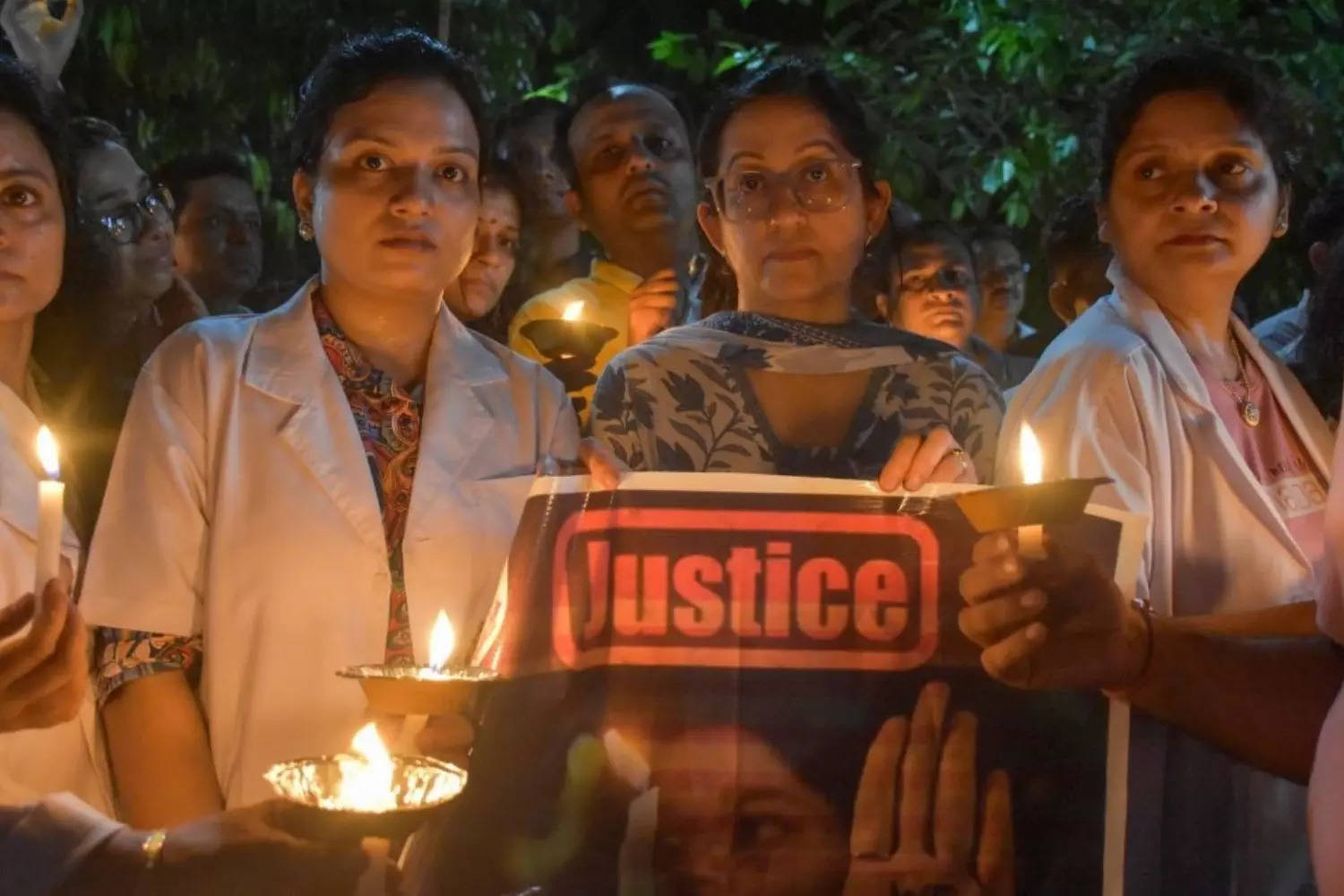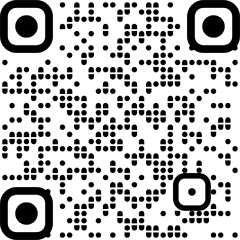
Mumbai: It’s exactly a month now, the night of Aug. 9 turned out to be the darkest for the young doctor. Now named as Abhaya (fearless) and Tilottoma (a creation of God that embodies all virtues) to mask her identity, she became a victim of ferocious perversion. One shudders to think of the agony inflicted upon her. A month on there is no clarity on who were the culprits and what led to this gruesome event.
She was overpowered, tortured, raped, and strangled to death, all in the confines of Kolkata’s RG Kar Medical College and Hospital. She bled profusely, her bones were broken, shards of sharp glass had pierced her eyes.
Still, she put up a valiant fight. In the dead of that ill-fated night, her cries went in vain. No help came to save her. Several hours after she was muzzled, a curt call from the hospital had portrayed the heinous act as suicide to her parents. For hours, they were denied access to her dead body. The stink of a cover-up pervades the air. The world lost a talented doctor, a family their adorable child and humanity its face.
ET HealthWorld is mindful of the family’s bereavement and respects their privacy. This tribute to the 31-year Abhaya is pieced together based on discussions with eight individuals who shared some information about her years as a doctor, her early days as a medical student and her time at the hospital. On request, some identities have not been disclosed.
A healer for the patients
A treasure of extraordinary qualities, she was what every patient would want to see in a doctor. In her second year of MD degree in pulmonology medicine, she had already carved a name as a caring doctor.
“She was more a healer than a doctor,” says one of her acquaintances who knew her a few years ago. “Her smile had a soothing effect for patients. Where medicines did not work, they used to say daaktar didi’s (doctor sister in Bengali) did,” he says one of them had told him.
“To counsel patients and families on treatment, the hospital staff would wait for her to take up the task. She slogged selflessly to save lives, but the cruel irony is that her own ended in the most violent and horrifying circumstances. We all let her down,” his voice trails off, who is still in a state of shock.
For Abhaya, duty came first. At the hospital that had its origins as long back as 1886, she was among the most studious, always engrossed in work or writing her thesis.
One doctor says she was taking extra efforts for the thesis because she had an inkling that there could be something fishy and that her thesis may get rejected on meritocracy.
She had assured her parents not to worry about her and the hospital was a very safe place. Her long shifts still worried them. That night, fate had betrayed her trust. She never returned from the “very safe place,” only her bruised, lifeless body did. She was cremated in a hurry, even when three other dead bodies were in queue in the crematorium. “The sordid episode is buried in mystery, and as days and weeks pass, the national outcry may just taper off,” fears the doctor quoted above.
A product of middle-class hardships
For the doctor, even a 36-hour work shift failed to dampen the enthusiasm. There was never a hint of complain about the demanding work schedule.
How does the 36-hour shift work?
According to a former doctor who did his post-graduation from the same hospital, R G Kar Hospital probably sees four times more patients than any other hospital in the city. That means humongous load of work for the doctors.
Typically, the shift would start with OPD or ward rounds. There on a normal day, the doctor sees between 20-40 patients daily, which goes on after lunch. Next to follow is the round of the wards again. The doctor then needs to review new admissions which goes on till evening. After that, the doctor seeing unwell patients, referrals from other departments continues simultaneously.
“Within the respiratory department, there is an ICU ward, and those patients need close supervision. This task goes on till next morning. Then morning ward round starts at 9 am followed by OPD till 2 pm next day. Usually post night duty the doctor goes home around 5pm,” the doctor says. While these are the duties that must be followed, the doctor also needs to keep on track the academic activities like teaching and participation in seminars between on fixed days of the week.
During the pandemic, she was at the frontline despite the risks of viral infection. After all, the doctor had set a daunting goal – her work as a medical profession should take her to a gold medal.
Hardships was part of the routine for Abhaya. She had imbibed the values of a modest Bengali household where building career through rigorous studies is part of ethos. Her academic brilliance proved that.
As a post-graduate, she had told her father, there will be a lot of work, and she can then earn to support the family. She studied in a local Bengali-medium school. In 2011, she qualified for a medical seat from the general category in the Joint Entrance Examination, one of the toughest exams to crack where over a million candidates vie for a seat.
That was a moment of joy for the family but with it came enormous financial stress. While she studied MBBS at the College of Medicine and JNM Hospital in Kalyani, her parents laboured it out. They stitched garments at home and sold at the local market around Sodepur, a township about 20 kms from Kolkata.
Happy days – so close yet so far
Lately things had started to look up financially. The family had bought a few more sewing machines. The father took pride in his daughter’s rise and how she was moving towards a rewarding career. His daughter stood like a role model for the locality. The next-door girl was set on the path to become a doctor.
“From her childhood she had the habit of writing daily diary,” recalls Anirban Dalui, a member of the high-powered action committee of the Indian Medical Association. These are clearly traits borne out of our Bengali culture. But he laments, there are rumours that some pages of that diary may have been torn to erase vital evidence.
The doctor had found happiness in her small world. She made elaborate plans for the upcoming Durga Puja, a quintessential ritual of every Bengali household. Then, there were more celebrations to follow. The family was making plans for her wedding. “A doctor attached to another hospital, her fiancé was very supportive of her ambitions,” says a doctor.
Just an hour or so before the incident, she spoke to her mother over the phone. Like a caring child, she asked her to have dinner and sleep. Not in her wildest imagination she could have thought of what was in store for her. To her father, she often said it feels good to be a doctor and in return he dotingly said the family would stand with her in realizing her dreams.
National Flare-up – will things change?
Seething with anger, thousands of people marched on the streets while doctors boycotted work across India demanding justice and a central protection law. The laxity of the state administration and the brazen attempts to tamper with crucial evidence has inflicted more pain to the already shaken collective psyche of the nation.
Expectedly, it has taken a political turn and the highest seat of judiciary stepped in. The Supreme Court called the incident “horrific and horrendous.”A suo moto intervention by the apex court on a plea by lawyers Ujjawal Gaur and Rohit Pandey slammed hospital authorities and state government for negligence in the probe.
The court formed a national task force comprising eminent doctors from diverse fields and senior government officials to work on a framework that ensures safety of healthcare professionals. The CBI has also swung in to nail the case.
The incident at Kolkata will be etched in the minds of the entire generation as a black day. Dalui says West Bengal proudly stood as a cultural and knowledge hub, a state that has reverence for female deities. “One despicable act has destroyed all that. I could not even speak to the family when our IMA team visited their Sodepur home,” he adds.
“In medical sciences, we have never felt of any gender discrimination issues. Anatomy is part of her routine life. How is this (sordid event) even possible in a hospital setting,” an aghast Dalui raises the question, fearing a sabotage of the probe.
Suman Paul, a consultant in respiratory medicine at UK’s Liverpool Heart and Chest Medicine says R G Kar Hospital had one of the best respiratory departments in the country. He says it was known as an excellent place for training and education when he was a trainee MD from 2011 to 2014. “What we are seeing in the media about rampant corruption is unbelievable,” he says. “In my time, at least, we never paid money to pass exams.”
Sanjoy Banerjee, a senior representative of the Indian Medical Association in Kolkata agrees and says discrimination and corruption is now rampant. “There is a lot of favouritism at the top and that builds undue pressure on sincere students. This mass agitation should not stop and expose such issues,” he adds.
The outrage sparked by the incident is reminiscent of 2012 when a young girl (later referred as Nirbhaya) was forcibly dragged out of a running bus, gangraped and murdered smack in the heart of New Delhi.
A decade on, things have taken a turn for the worse. Despicable is the fact that the site of the crime is a renowned government hospital, that Abhaya had proudly called her second home. The bereaved family and friends only hope justice prevails and it does not get too late. “In any case, can it bring back my daughter,” her inconsolable mother asks.







